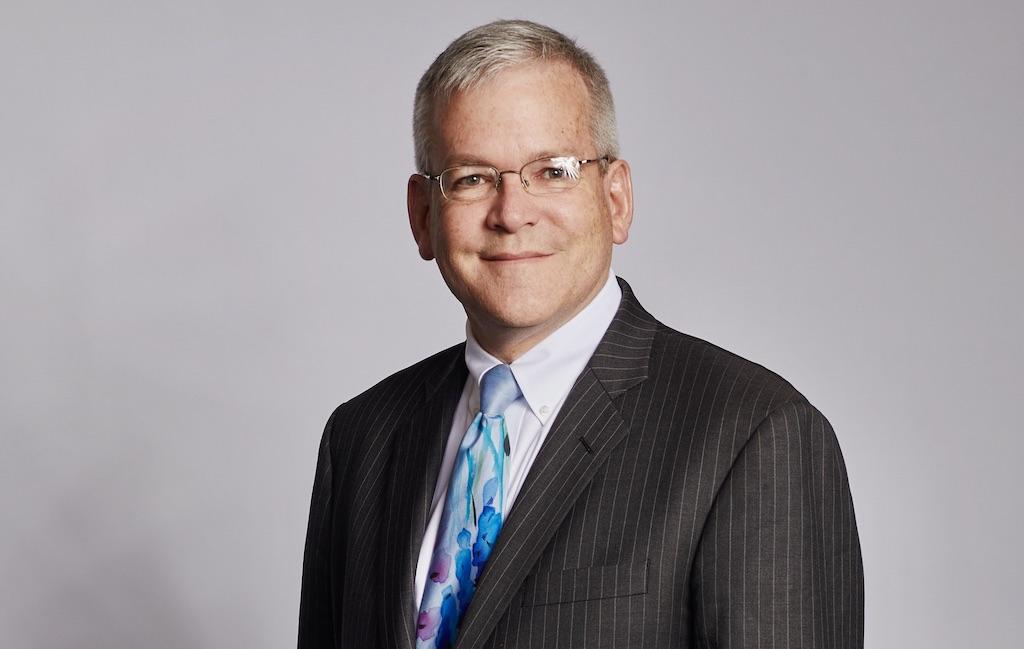
London-based Inmarsat is known to business aviation as a major provider of in-flight connectivity, offering both the broadband Jet Connex Ka-band service used in business jet cabins and SwiftBroadband L-band voice and data service for the cockpit and cabin. On Aug. 12, Inmarsat announced a major upgrade to its L-band network called “Elera” that promises higher data speeds and smaller, lower-cost terminals for aviation users. The upgraded network is pegged to begin operating with the entry into service of new sixth-generation I-6 satellites by 2022.
BCA spoke with Inmarsat Chief Technology Officer Peter Hadinger about Elera, and what business aviation can expect from the new service.
How many Inmarsat satellites will support the Elera network?
Today, Inmarsat has 14 satellites in orbit, of which eight are L-band satellites. Some of those are the old Inmarsat-3s, which are heading into retirement. The current generation in L-band is the I-4s. Beginning at the end of this year, we launch the first of the I-6s. The second of the I-6s goes up later next year (2022).
The I-6s are part of our commitment to the industries that we support in aviation, maritime and government that require long-term investments in secure and reliable comms. The [the I-6s] extend the life of the existing services out to 2040, and that’s independent of the Elera announcement.
As we get to these bigger, better satellites, it was time to refresh and extend the abilities of our product portfolio and that’s what Elera is really about—how we take the existing capabilities and expand them in both the upper end and the lower end.
The Elera upgrade to our network effectively expands the upper end of the speed range of L-band to top out at a little bit above 1.7 Mbps, so it’s a quadrupling of the speed. For our bizav customer base, this quadrupling of speed is a real boost because they don’t have the space or investment necessarily to upgrade those aircraft to GX (Ka-band service), but they do want more and more speed.
This is a way without changing the antenna on the fuselage, to allow that (speed) to be bumped by a factor of 4. In some cases, it’s just a firmware upgrade, in which they plug in a new firmware patch to the radio; in other cases, it’s going into the radio inside the aircraft and swapping out some cards. It depends on the age of the radio and just how programmable it is. But the idea is to keep the antenna on the fuselage the same, so from a retrofit and install perspective, you’re not touching the skin of the aircraft.
Will Elera operate at the same frequencies as SwiftBroadband?
Swiftbroadband and Swiftbroadband-Safety are existing products, and they’re growing. Now we have the ability to bring a new set of waveforms in at the low end which will allow the Swiftbroadband terminals to operate across not just today’s GEO satellites, but any future satellites we decide to put up. That could be small GEOs, it could be LEO satellites, it could be whatever. We’re looking to future-proof the safety networks we have so that they are satellite independent in the future.
None of the Swiftbroadband [equipment] that is in service today changes one iota. Those investments are protected. What this really means is that we are going to have a whole new class of capabilities, both the high-speed (services) for those people who need it but also these much more ubiquitous safety products.
Have you reached any agreements with avionics manufacturers for new terminals?
What I can say is that our traditional suppliers are very much on board. I have to caveat it like that because I am not sure how they are [making announcements]. It will be names you recognize.
Aviation uses L-band for safety-critical communications on the flight deck, such as Future Air Navigation System (FANS) messaging over oceans. Will Elera be qualified for FANS?
That is the intent. Obviously, this is a brand-new announcement, so we’re not announcing that we have anything qualified today. We understand very well the steps we must pursue to get to that point. It’s going to still be a bit of time before we have products in the market and we’ll be going through the processes on all the different regulatory sides, whether it’s the maritime or aviation or government folks, to get these [products] certified in their respective markets by their respective certification authorities. But because it’s using the same frequency band, the same antennas, the same underlying data protocols going through the same fundamental backbone networks—those pieces essentially are all check boxes.
Aviation trials are scheduled to begin in 2022. Could you say which operators will participate in the trials?
You will see the business aviation market pick this up first. Some of these will be upgrades that can be done just with a ‘flash’ upgrade—you can go in and change the software in the radio and you’re done. The ones that require a card change to change out the modem, it’s a relatively straightforward process. The intent is, the manufacturer will have that ready to go by the time this is up and running at the end of 2022.





